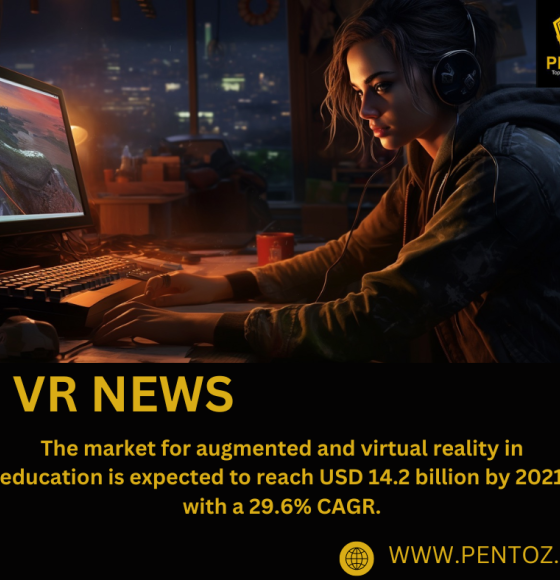The market for AR and VR in education was estimated at USD 2.9 billion in 2022 and is anticipated to grow to USD 14.2 billion by 2028, with a predicted CAGR of 29.6%. The constant demand for AR and VR devices in education is credited with boosting education through continual innovation and development in AR and VR technology, the emergence of advanced tailored learning experiences, real-world application, and career preparedness.
In 2022, the software providing market share was significantly higher. The ability to explore difficult ideas in a secure and immersive setting, improved learning experiences, increased student engagement, and improved information retention are all factors contributing to the segment’s rise.
In 2022, managed services held the biggest market share. They may offer advice on best practices for optimum performance and user experience because they have experience integrating these technologies into learning environments. Managed service providers additionally streamline the procedure by taking care of the difficulties on behalf of educational institutions.
In 2022, the on-premise market category held the greatest market share. Data security, network dependability, compliance standards, customisation options, long-term cost considerations, connectivity issues, and local infrastructure management are some of the elements that contribute to the bigger share. The possibility for educational institutions to deploy AR and VR systems on-premise with greater control, customization, and compliance adherence has contributed to the rise of this market in the education sector.
In 2022, the VR devices market sector held the greatest market share.
In 2022, the sector that focused on classroom instruction held the biggest market share. Since they have the potential to turn the conventional classroom into a dynamic and engaging learning environment, AR/VR technologies are developing and becoming more widely available. Some of the factors contributing to the growth of classroom learning include the capacity to design immersive and interactive learning environments, personalized and adaptive instruction, increased student engagement and motivation, improved collaboration and communication, the ability to access remote or inaccessible learning opportunities, and integration with current classroom procedures.
In 2022, the Academic Institutions market segment held the biggest market share. With this, students can learn at their own pace and in the method that suits them the best. For instance, students can utilize VR to study a foreign language or AR to solve math problems.
The significant number of technology firms and startups in this area, the substantial investment in educational technology, the state-of-the-art digital infrastructure, the adoption by top educational institutions, encouraging government initiatives, and the thriving EdTech ecosystem are all factors in the region’s growth. Additionally, as a result of technological improvements, more educational institutions and businesses are adopting smart classrooms and other cutting-edge learning environments that support the needs of both individuals and organizations.

















